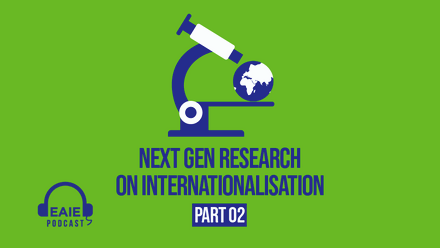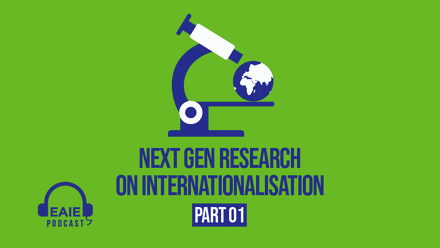Research snapshot: COIL-Virtual Exchange distinctions

Defining Collaborative Online International Learning (COIL) and Distinguishing it from Virtual Exchange
Published date: 21 September 2024
Simone Hackett and Mark Dawson are educational scientists focused on Collaborative Learning (CL) and Collaborative Online International Learning (COIL). In their research, they encountered issues surrounding terminology on COIL and Virtual Exchange (VE) and discovered that the connection between CL theory and practice was broadly neglected.
COIL is often framed as an example of a broader practice known as VE, yet VE is often used interchangeably with the term COIL. However, not all VE initiatives share COIL’s strong focus on collaborative and intercultural learning. Imprecise labelling of VE initiatives can lead to educators and researchers having difficulty identifying and distinguishing COIL.
To address these issues, Hackett, Dawson, and co-authors Professors Jeroen Janssen and Jan van Tartwijk, provide a critical review of VE, define COIL and its key characteristics, describe how theory can inform practice and explain why continued interchangeable use of the terms COIL and VE problematises future research and practice. This research would be beneficial for researchers, educators, policy advisors and funding organisations.
This is a thought-provoking piece that provides an updated definition of COIL, which clearly distinguishes COIL from other Virtual Exchange practices. It offers an important theoretical contribution to the literature on COIL and Virtual Exchange
About the authors
Key findings from the research:
-
COIL is distinct from broader VE initiatives because it incorporates Collaborative Learning elements, co-designed curricula and a strong focus on intercultural competence.
-
COIL's advantages include accessibility, environmental sustainability (avoiding international travel) and inclusivity, providing students with global learning opportunities without additional costs.
-
The paper identifies gaps in the current literature, such as the lack of differentiation in research between COIL and other VE practices, and calls for empirical studies to better evaluate its effectiveness.
-
The authors propose a new, comprehensive definition of COIL that highlights its goals of fostering intercultural collaboration and sustainable internationalisation.










